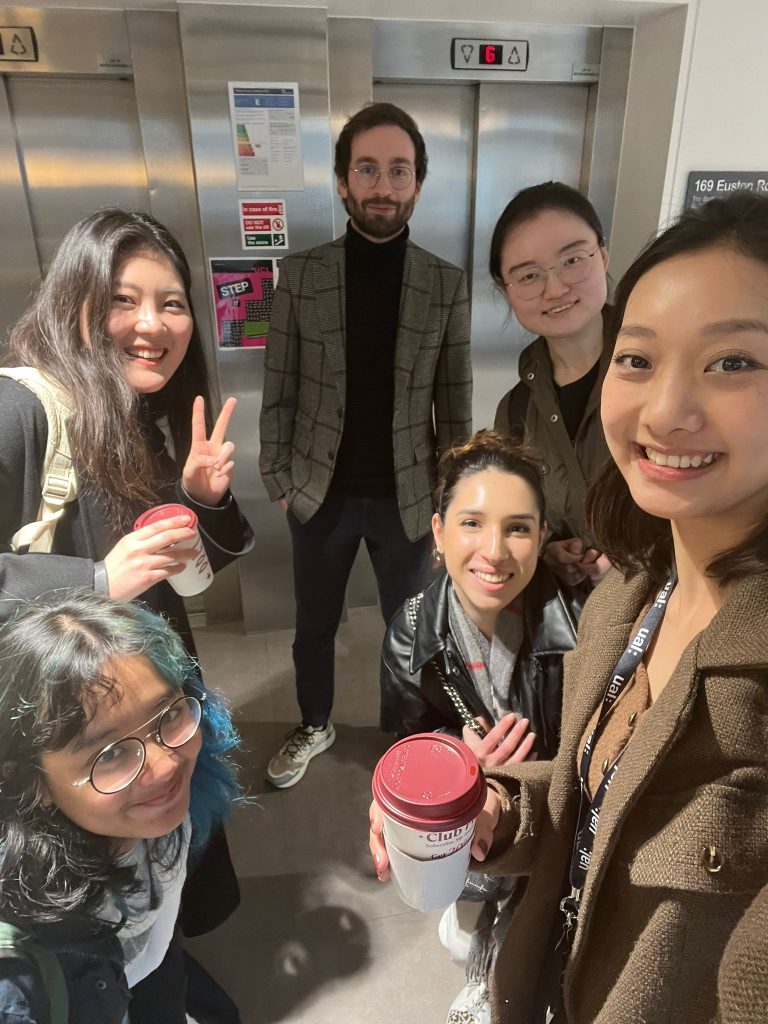After a joint discussion in the group, we decided to set the future work scenario in 2040 (15 years later), and we decided to show the work scenario of an art therapist 15 years later through a concrete case study, as shown in the following figure

The figure below shows the art therapy process in 2040, through the research we can speculate that in the future there will be regular psychotherapy or art therapy sessions within primary and secondary schools, and there will be regular art therapists as well as professional AI/XR art therapists in the future, when there will be easy access to XR equipment, and the place of therapy can generally be in one’s own home (where it’s comfortable), an XR centre, and so on.

More Interview
In order to confirm that our ideas were realistic, our group went to interview Mark Quinlan, a Masters graduate in Computer science from the University of Oxford and a PhD currently working as a research assistant at UCL.
https://profiles.ucl.ac.uk/92861-mark-quinlan

1.For our Project, Mark’s thoughts are as follows: Mark from UCL thinks that 2040 is a long time and Ai is developing so fast that by that time it will be more than we can imagine, suggesting that we put it at 2030, 6 years later or 10 years later
2. At the same time, he doesn’t think that art therapists will be replaced by AI; Ai can replace art therapists technically, but it can’t replace human warmth in human care. He thinks that if he were this girl, after the pain of losing his parents, he would be more willing to communicate with people rather than machines, mainly out of human caring and the temperature between people?
3.He believes that Ai can be developed in the field of psychotherapy as DIFFERENT MODEL FOR DIFFERENT SITUATIONS, and that Ai is more like a psychological team that can cope with different conditions rather than just being Ai.
After chatting to Mark, we decided to tweak the situation of our programme:
- Time adjusted to 10 years later, 2035
- Adjusting the girl’s device to the fact that by 2040 there may be a child-focused therapy machine in the shape of a teddy bear, some kind of tech (Small Language Model / SLM), shouldn’t come up and go to Ai Verbal Therapy first
- https://thenewstack.io/the-rise-of-small-language-models/
- It was found that SLMs process data faster, are small and portable, while maximising protection against data privacy and malicious attacks.

